The film on the surface of the water in the aquarium: the causes of formation and methods of disposal
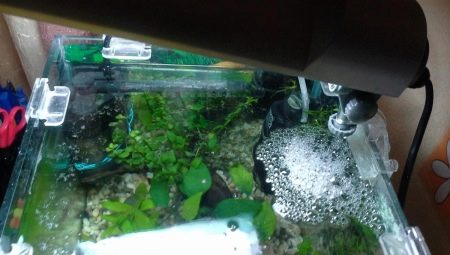
Many owners of aquariums notice a film on the surface of the water. Should I worry about this? Why does it arise and is it worth it to clean? How can you rid your aquarium of this phenomenon?
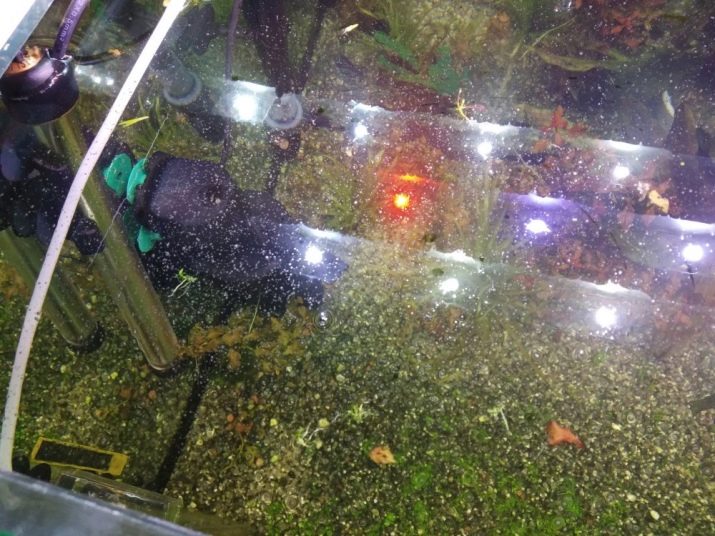
What is a bacterial film?
Any aquarium cannot function properly without tiny bacteria. These microorganisms perform important functions:
- processing of organic pollutants and protein compounds, which are waste from fish and plants;
- the production of minerals that are consumed by fish and plant roots;
- providing food for shrimp and snails, for which bacteria are the main food.
Such bacteria accumulate in films that cover the surface of the water.

They are a slippery layer that can be painted in different shades. This film is not only on the surface of the water, but also on all the elements that are in the tank.
Not all bacteria are beneficial. Harmful microorganisms may appear in the films. Because of them, an imbalance can occur, which will adversely affect the lives of all the inhabitants of the aquarium. Shrimps and snails suffer especially from this, because these inhabitants of the aquarium eat all bacteria indiscriminately - both good and bad. In such cases it is necessary to get rid of the film, because the whole living world of the aquarium can die.
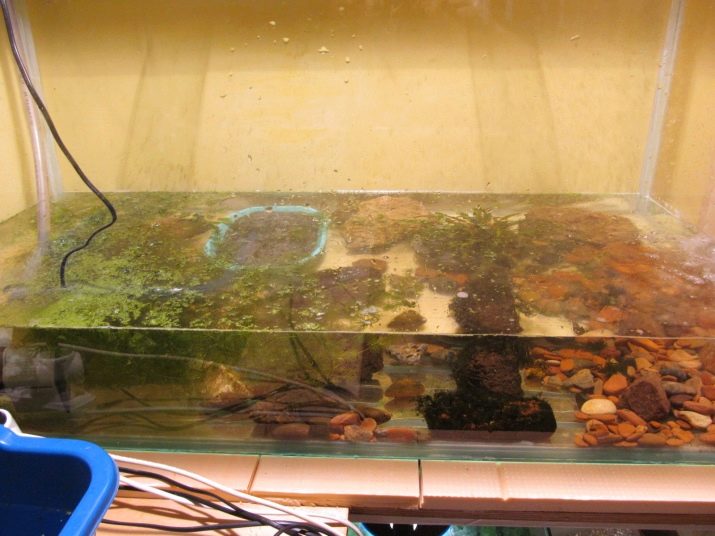
What is the effect of the film?
Specialists and experts cannot yet agree on the effect of the bacterial film on the reservoir and its inhabitants.Some of them still believe that the organic film that covered the water not only does not harm the reservoir, but even retains CO2 molecules inside. Therefore, in the presence of a film, aquatic vegetation develops more actively.
But most aquarists still have a different opinion. They are confident that the film does not allow water to fully saturate with oxygen. In this case, it becomes difficult for each inhabitant of the reservoir to function normally.
Also because of the film water practically does not evaporate, and its temperature rises. If you do not take measures to remove the film, then the fish suffocate. But experts agree in one opinion. This applies to a film that has been formed due to chemicals. Such plaque should be removed as soon as possible together with a source of harmful chemistry.
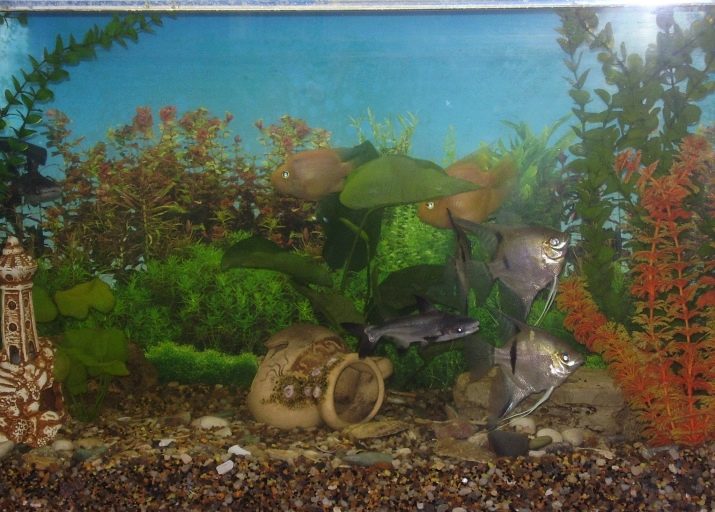
Reasons for film formation
Before we deal with ways to get rid of plaque on the water, it is necessary to establish the cause of such an unpleasant phenomenon. In fact, there may be many such factors.
- Chemical components often cause such an unpleasant and even dangerous phenomenon. In some cases, it can even shimmer in different colors. Chemicals can enter the tank along with medicines, unprocessed decorations, and materials used in the repair process.
- If you violate the rules for using heaters and radiators, a white film may also appear. Radiators, for example, are a source of harmful fumes that settle on the water surface.
- Bacteria saprophytes live by eating organics, which also leads to the formation of plaque.
- The appearance of blue-green algae in the reservoir provokes the active reproduction of cyanobacteria. Ideal conditions for increasing the number of the last microorganisms is bright light and stagnation in water, which should not be allowed.
- The bacterial film on the surface of the water of a grayish aquarium is the result of decomposition of the feed, which was not eaten by fish, and animal waste products. Also, the formation of plaque is affected by the processes of decay of plants.
- If the soil acidifies in the tank, this phenomenon can also provoke the appearance of a film. Microscopic elements of the soil react with carbon dioxide molecules, which causes acidification of the soil, or rather, its colloidal layer. Molecules of carbon dioxide in the form of bubbles rise and carry with them particles of decayed soil.
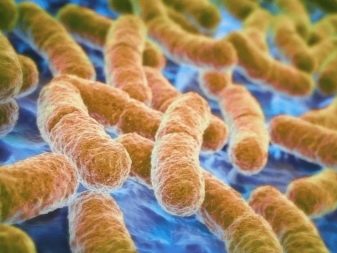
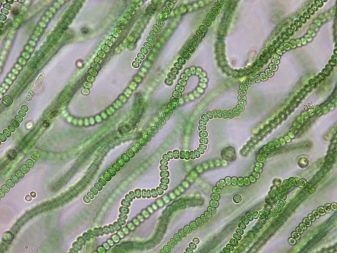
Now it remains to understand how it is possible to determine the composition of the formed film on the surface of the water and to identify the true cause of this phenomenon. To do this, perform a series of actions:
- examine all the elements that are installed in the tank;
- check the basic parameters of water;
- determine the concentration in water of the main pathogenic substances.
In some cases, a transition of one type of film to another may be observed.

Ways to get rid of the film
Organic bacterial film, as we have already seen, is not always useful for an aquarium. What to do if, due to the film on the water, the fish began to feel bad? There are several ways that will remove the unpleasant phenomenon in the tank and help save its inhabitants.
- Effective filtration system and aeration sufficient strength allows you to forget about a problem such as plaque in the aquarium. If the water is sufficiently intensively mixed, the film will not be able to linger on the surface.

- Paper allows you to quickly and efficiently remove plaque from water. This method has been tested in practice repeatedly and always gives a positive result. You just need to put a sheet of paper on the water, wait a bit, take it by the corners and carefully remove it. Slime and other impurities will remain on the paper. This procedure can be repeated several times, which will be determined by the degree of water pollution.

- Fiza pimply or Fiza Australian snails are excellent tank cleaners. These small animals have a rounded, swirling shell, which is painted in a dun shade. These snails often end up in aquariums along with plants. The pimpled gland is attached to the glass near the water surface and actively eats microorganisms that are contained in the film. Snails are actively increasing their numbers, because of this you need to constantly monitor.
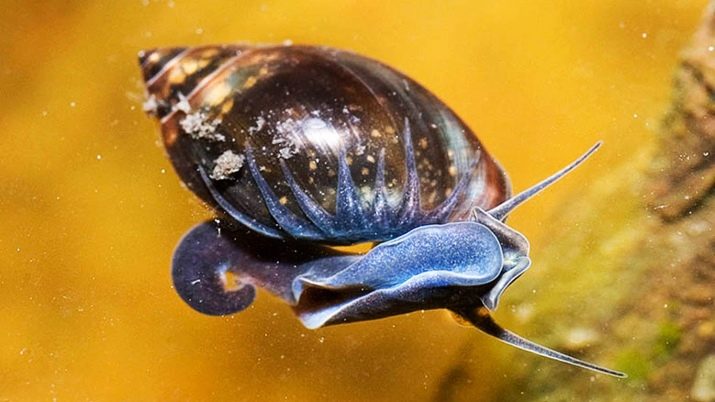
- One of the technical devices that can remove an unpleasant phenomenon from the aquarium is VUPPA-1. Under this name is a surface extractor. It is fixed on a vertical glass and removes all contaminants in a short time. Externally, the device resembles a glass, which collects the upper layer of water. Inside the device, the collected water goes through several stages of cleaning, and then returns to the aquarium.
For large tanks, this device is indispensable.
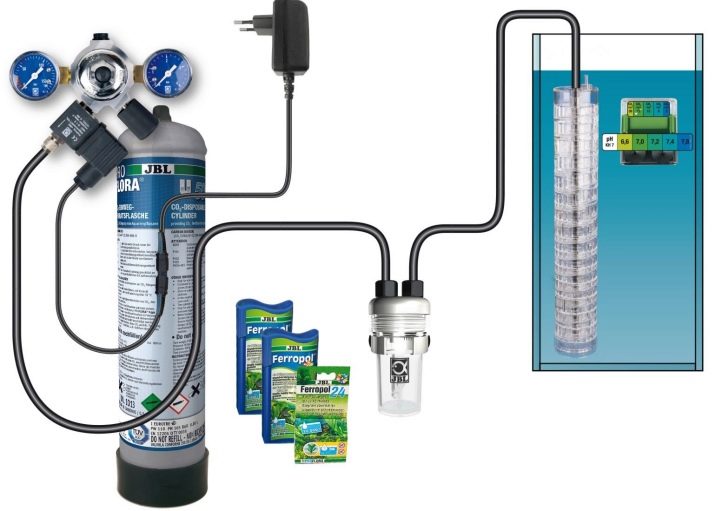
- The use of ultraviolet and antibiotics is considered the most radical way. The rays of the UV spectrum kill microorganisms, then they need to be collected with an ordinary blotter. To use antibiotics, biomycin must be dissolved (1 tablet for every 10 liters of water). When using any of these tools, you must first remove all living organisms from the aquarium.
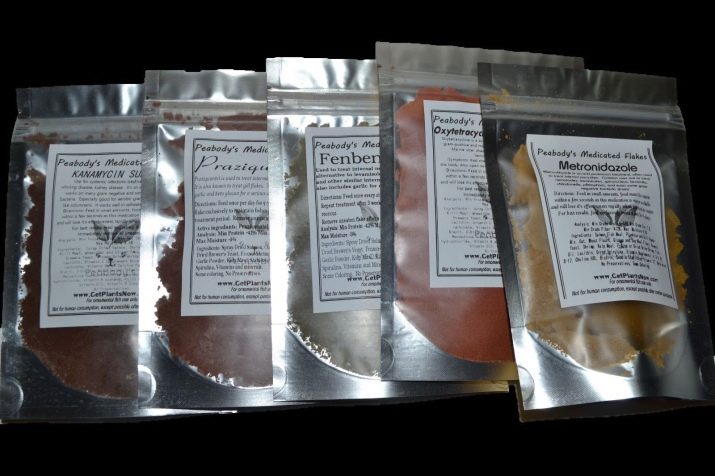
- The aquarium should be covered. In this case, dust will not accumulate on the water surface, which is also one of the reasons for the contamination of the tank and the appearance of plaque.

It is not difficult to remove the harmful film from the aquarium; there are many effective ways to do this. But it will be correct not to allow water to be coated with this substance, then the state of the reservoir will be in good condition, and each inhabitant will be comfortable in it.
On how to get rid of a bacterial film, see further.









